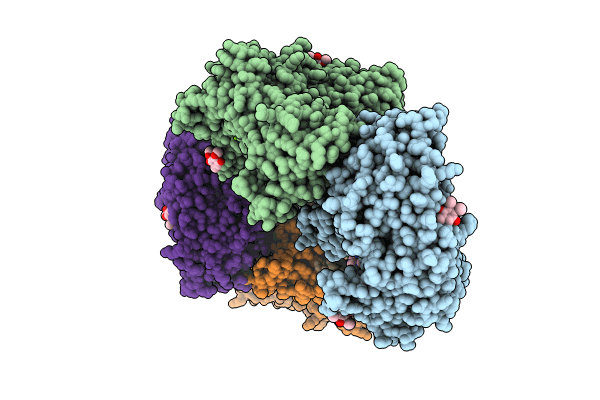
Deposition Date
2023-01-10
Release Date
2023-11-22
Last Version Date
2024-05-08
Entry Detail
PDB ID:
8I08
Keywords:
Title:
Crystal structure of Escherichia coli glyoxylate carboligase quadruple mutant
Biological Source:
Source Organism:
Escherichia coli K-12 (Taxon ID: 83333)
Host Organism:
Method Details:
Experimental Method:
Resolution:
1.91 Å
R-Value Free:
0.27
R-Value Work:
0.22
R-Value Observed:
0.22
Space Group:
P 41 21 2


